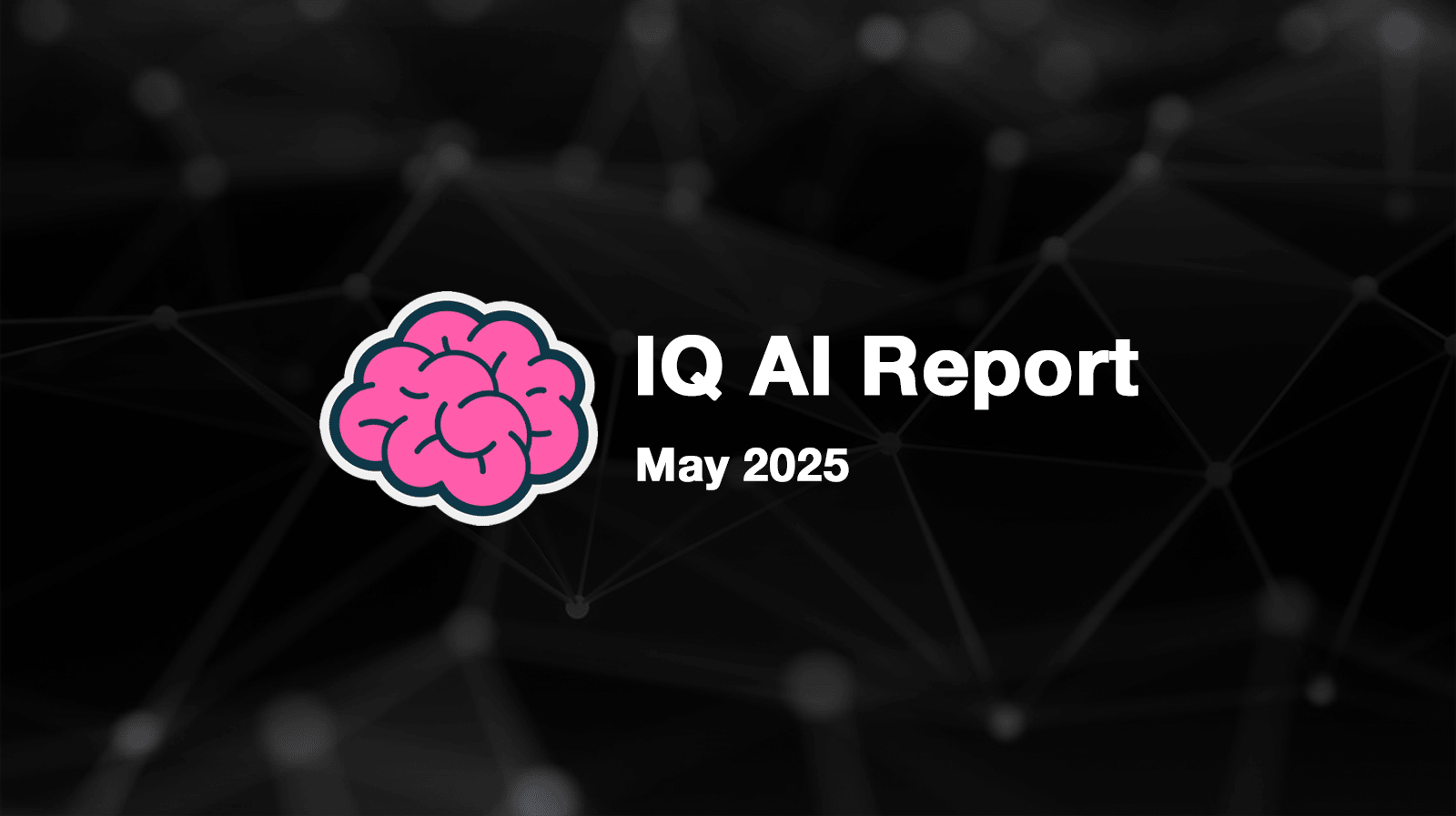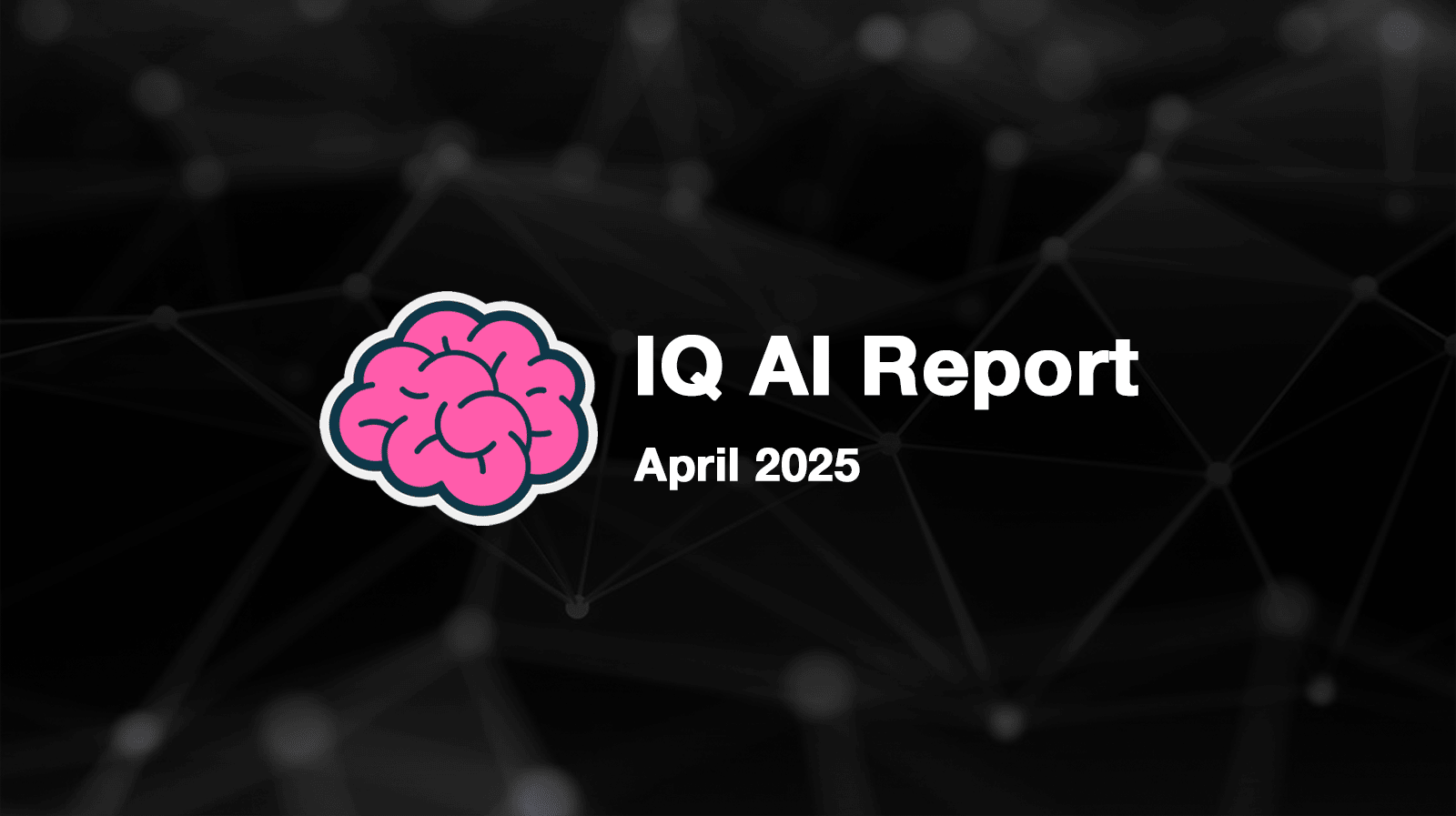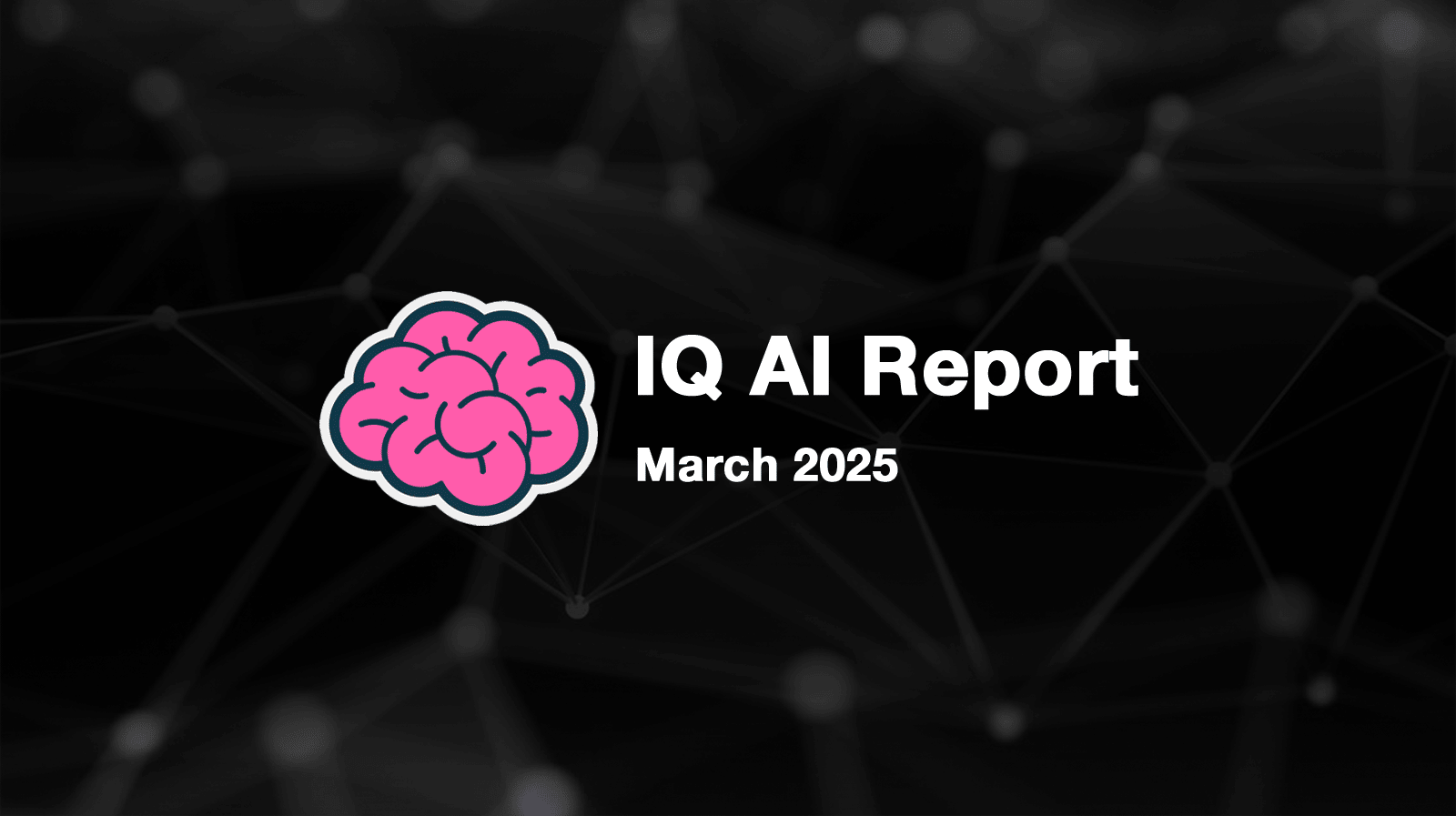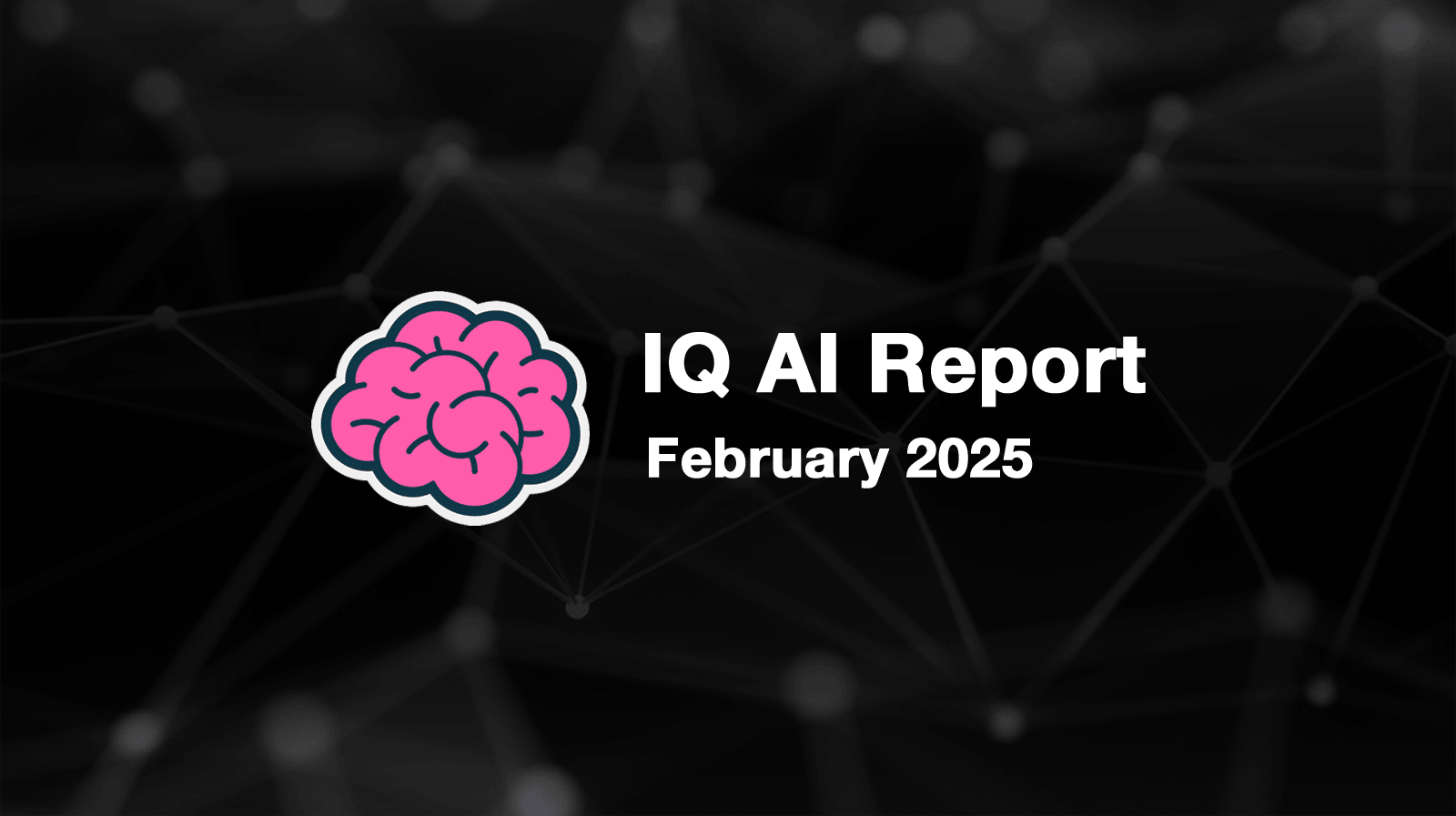Decentralized Finance has rapidly grown and become the most valuable use case for blockchains. In 2024, decentralized exchanges became the number one use case for Ethereum with $512 million in gas spent and stablecoins being number four with $130 million spent.
While DeFi has become the dominant use case for Ethereum and other leading blockchains it still has a small user base compared to the traditional financial system. As of 2021, around 76% of the global adult population (approximately 5.3 billion people) had a bank account or access to formal financial services. In contrast, DeFi reached a high of 7.5 million monthly active addresses in 2021 and as of 2024 is still below 7 million people even though over 600 million people hold cryptocurrency.
One of the greatest challenges DeFi faces is its complexity for users. To lower transaction costs and bring new incentives to users, DeFi protocols like Uniswap have begun launching their own chains like Unichain. However as more and more DeFi protocols launch chains, the issue of chain and liquidity fragmentation grows.
To reach mass adoption, DeFi needs simplification. AI can help solve chain and liquidity fragmentation by analyzing markets in real time, finding optimal rates, and executing trades seamlessly across blockchains. It can also streamline tasks like risk management and smart contract interactions, making DeFi accessible without the complexity.
To simplify DeFi, a new category called EOAI (Enshrined On-chain Artificial Intelligence) is needed, going beyond off-chain AI tools. EOAI consists of AI agents embedded directly in the blockchain, enabling tasks like cross-chain transfers, staking, lending, liquidity provision, trading, and token creation. It includes four core agents focused on liquidity, bridging, lending, and launching tokens. EOAI will transform DeFi into a user-friendly experience that adapts to individual goals and risk tolerance, making it accessible to billions. IQ is building this EOAI layer to achieve the vision of onboarding billions of people to crypto and DeFi through enshrined AI agents.
This proposal marks just the beginning of realizing the EOAI vision. The next phases will demand significant investment in partnerships, marketing, and development to bring EOAI to life. BrainDAO has already taken the first steps by joining forces with Frax, combining their decentralized banking expertise with BrainDAO's AI capabilities to build the EOAI layer. The collaboration will extend beyond development, encompassing joint marketing efforts and coordinated business initiatives to accelerate adoption and growth.
IQ, Frax, and EOAI
By joining forces with a deeper and more comprehensive partnership, IQ and Frax are well-positioned to turn the vision of using AI to bring DeFI to the masses into a reality. BrainDAO has already built IQ GPT, an AI agent for blockchain knowledge, which was trained on IQ.wiki’s database. BrainDAO is also building IQ Code, the first AI agent for auditing and generating smart contract code. The development of these AI agents, especially IQ Code, enables IQ to help realize the EOAI vision. A meta agent, based on IQ Code, will handle upgrades and monitoring, using its smart contract auditing and generation capabilities to replace traditional multi-signature governance used by Optimism and other rollups. By building an ecosystem of decentralized applications around the IQ token such as IQ GPT, IQ Code, IQ.wiki, and IQ.social, BrainDAO has established itself as a leader in developing applications at the intersection of blockchain and AI.
While IQ has focused on building AI applications for the blockchain space, Frax has focused on building a decentralized central bank. The Frax protocol is a leader in the DeFi space and its ecosystem includes decentralized stablecoins, lending markets, exchanges, liquidity pools, liquid staking derivatives, and much more.
We propose that IQ and Frax join forces to achieve the vision of bringing enshrined on-chain AI agents to life. IQ and Frax already have a history of working closely together to deliver value for both communities. IQ modeled its HiIQ system which delivered billions of IQ to stakers after Frax’s veFXS staking system. BrainDAO has also used Frax’s DeFi applications from Fraxswap to Frax Ether to sFrax to earn yield for its treasury and build up protocol-owned liquidity. Frax was the first protocol to integrate IQ GPT in 2023. Today, IQ GPT has over 100 integrations reaching over 2 million users.
IQ will build the EOAI layer alongside Frax. In November, IQ and Frax will announce a joint press release and share more details on how they will onboard billions of people into a new DeFi Renaissance using AI.
IQ Token burning and Tokenomics
The IQ token will serve as the governance and utility token for the new EOAI layer, which comprises four core AI agents: liquidity, lending, bridging, and launching. These agents will help users optimize yield and minimize fees in DeFi activities, such as liquidity provision, trading, creating and distributing new tokens, as well as cross-chain bridging. In the same way that Ethereum users pay transaction fees in ETH to use the network, users of IQ’s AI agents will pay transaction fees in IQ. A portion of each fee will be burned, while the rest will go to IQ stakers.
As the usage of the EOAI layer and IQ’s AI agents grows, the amount of IQ burned through transaction fees will increase, making the token deflationary over time, much like Ethereum after EIP-1559. Simultaneously, more fees will be distributed to IQ stakers, providing sustainable, long-term yield for IQ holders.
Expanding the EOAI layer will require substantial resources and incentives to attract stakers and contributors. The last major IQ tokenomics update, IQIP-14 in 2022, boosted allocations for development, staking, and value creation, driving growth in projects like IQ GPT, IQ.social, and IQ Code. IQ stakers voted overwhelmingly in favor of the proposal as it enabled the development of IQ’s first set of AI agents. These agents have now set the foundation for IQ to take things to the next level with the EOAI vision.
To support the EOAI layer, we propose reverting to the initial 2022 emissions schedule with halvings every four years, similar to Bitcoin. While this means higher emissions in the short term, the increased adoption of the EOAI layer will eventually lead to more IQ being burned than minted, leading to the IQ token becoming deflationary over time. The idea of restoring the original 2022 emission schedule was initially proposed by the BrainDAO community of IQ stakers & holders. There has also been strong community demand for enabling IQ token burning to support long-term growth. In 2023 and 2024, BrainDAO was able to rapidly expand into the AI space by launching IQ GPT, IQ Social, SolidityBench by IQ, and building out IQ Code. Given BrainDAO's AI-focused expansion, 2024 is an ideal time to restore the 2022 emissions schedule, as it will enhance rewards for stakers, increase funding for development, and create the right incentives to accelerate the growth of the EOAI layer.
To accommodate short-term emission increases, the maximum IQ supply will be raised to 60 billion, significantly below the original 100 billion cap. Even without token burning, the supply would remain under 54 billion by 2100. With expected burn rates rising as the EOAI layer grows, IQ is likely to become deflationary well before then, leading to a declining supply as the new tokenomics start to scale.
The Restored IQ Token Emissions Model
Under the restored IQ token emissions model, 3 million IQ will be minted each day for HiIQ stakers. This will greatly increase rewards for IQ stakers for the next 48 months rewarding early adopters and heavily incentivizing people to get IQ tokens, stake, and participate in IQ governance allowing IQ to grow as a native AI token.
Each day, 350,000 IQ tokens will be minted to incentivize and reward contributors who help train and improve the IQ AI agents, which power the IQ ecosystem and the upcoming EOAI layer. These rewards will support a range of tasks that human contributors can undertake to earn IQ tokens. For example, contributors might compile datasets to improve the quality and accuracy of AI training or add valuable content to IQ.wiki, ensuring that IQ GPT has access to a more extensive and diverse pool of training data. By participating in these tasks, contributors will play a crucial role in enhancing the AI's capabilities and expanding the overall utility of the IQ platform.
4,333,333 IQ will be minted and used to acquire Ethereum, stablecoins, and other assets for the BrainDAO treasury. This will ensure that the IQ token is backed by a diversified portfolio of digital assets during times of volatility. As before, up to 25% of incoming assets to BrainDAO from bonds and the TWAMM can be used by the IQ company to grow and develop the IQ ecosystem. This ensures that the company leading the development of the IQ ecosystem is also diversified like the IQ token itself.
3 million IQ will be minted each day and allocated to the IQ company which is responsible for growing the IQ ecosystem. This ensures that IQ has enough funds to continue to innovate and create value for the IQ ecosystem by building new technology to support the EOAI vision.
Previously 250,000 IQ per day was allocated to incentivizing the Frax-IQ TWAMM however as that pool now receives FXS incentives and BrainDAO itself holds over $4 million in IQ-Frax liquidity these incentives are no longer needed. While BrainDAO has significant protocol-owned liquidity achieving the EOAI vision will require substantial resources. Therefore we propose that this 250,000 IQ per day go toward BrainDAO instead of incentivizing liquidity.
There was 1 million IQ allocated to Brainies an NFT project planned before IQ’s focus shifted towards developing AI applications like IQ GPT and IQ Code as demand for AI products expanded and demand for NFTs declined. With IQ’s focus and success in AI, we propose this 1 million IQ per day go to the IQ company to pursue the development of the EOAI layer.
As the new AI native layer of IQ gains adoption, the amount of IQ burned will increase and over time exceed the amount of IQ being minted. While the emissions will increase in the short term to facilitate more rapid growth and development of the new AI layer, the primary goal of the new tokenomics is for IQ to become deflationary over time and for the supply to decline in the long term.
Voting
IQ stakers can vote on Snapshot here: https://snapshot.org/#/everipediaiq.eth
References
https://x.com/hosseeb/status/1840491937729798447/photo/1
https://www.worldbank.org/en/publication/globalfindex
https://www.statista.com/statistics/1297745/defi-user-number/
https://www.statista.com/statistics/1202503/global-cryptocurrency-user-base/
https://blog.uniswap.org/introducing-unichain
https://decrypt.co/80222/more-ethereum-has-been-burned-than-minted-past-24-hours



